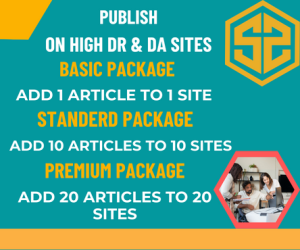Introduction
Modern manufacturers face increasing demands for speed, customization, and efficiency. To meet these challenges, many turn to Enterprise Resource Planning (ERP) systems. This article discusses how ERP serves as a strategic tool for achieving operational excellence in manufacturing.
Key Features of Manufacturing ERP
- Bill of Materials (BOM) Management: Easily manage multi-level BOMs for complex products.
- Shop Floor Control: Monitor work-in-progress in real time and ensure workflows remain efficient.
- Supply Chain Integration: Coordinate with suppliers and logistics providers to maintain smooth material flow.
- Machine Maintenance Scheduling: Preventive maintenance features help avoid costly breakdowns and downtime.
- Analytics and Reporting: Gain actionable insights from performance data and KPIs.
Benefits at Every Stage
- Procurement: Automated vendor management and purchasing reduce delays and errors.
- Production: Real-time monitoring helps ensure quality and efficiency.
- Sales and Distribution: Integrated sales forecasting supports demand planning and delivery commitments.
Why It’s a Strategic Investment
Investing in an ERP for manufacturing system is not just about automation—it’s about building a foundation for sustainable growth. Manufacturers that implement ERP gain visibility, agility, and control that translate into better customer satisfaction and higher profitability.
Conclusion
ERP is more than a software tool—it’s a manufacturing strategy. With the right system in place, companies can innovate faster, adapt quicker, and execute more reliably. As global competition intensifies, ERP stands out as a smart, strategic investment.

